THE GUPTA EMPIRE
- It was an ancient Indian empire existing from the mid-to-late 3rd century CE to 543 CE.
- This period is considered as the Golden Age of India by some of the historians.
- The Gupta Period produced scholars such as Kalidasa, Aryabhata, Varahamihira and Vatsyayana.
- Many of the literary sources, such as Mahabharata and Ramayana were canonized in this period.
History
- After the fall of the Mauryan Empire, the Kushans and the Satavahanas had held power. Gupta Empire replaced the Kushans in the North and gave political unity for more than a century.
- It was founded by Sri Gupta.
- Sri Gupta ruled from Patliputra (like the Mauryas).
- Sri Gupta was succeeded to the throne by his son Ghatotkacha.
- The Gupta records do not mention the dynasty’s Varna (social class).
Chandragupta I
- He was the son of Ghatotkacha.
- He was called Maharajadhiraja (king of kings).
- He married the Lichchhavi princess Kumaradevi, which helped him to extend his political powers and dominions.
- The original type of gold coins Dinars was issued.
Samudragupta
- He succeeded his father around 335 or 350 CE and ruled until 375 CE.
- He was a military genius and continued the growth of the kingdom.
- He was very attentive to Rajdharma (duties of a king) and took special care to follow Chanakya’s Arthashastra closely.
- He was also a poet and musician.
- He donated large sums of money for various purposes including the promotion of education.
- An inscription, probably commissioned by subsequent Gupta kings, known as the Allahabad Pillar is most eloquent about his human qualities.
- He also believed in promoting goodwill among various religious communities.
- Meghavarman, the ruler of Sri Lanka, sent a missionary for the permission to build a Buddhist temple at Gaya.
- He is called as Napoleon of India.
Ramagupta
- He became king because he was the eldest son of Samudragupta.
- He was overthrown because he was considered unfit to rule, and his younger brother Chandragupta II took over.
Chandragupta II
- He adopted the title Vikramaditya.
- He extended his control from coast to coast, established a second capital at Ujjain and was the high point of the empire.
- His court was adorned by the Navratnas including Kalidasa.
- His exploits are glorified in Iron Pillar at Qutb Minar.
- Faxian, a Chinese Buddhist was one of the pilgrims who visited India during his reign.

Coin of the Gupta king Chandragupta II
Kumargupta
- He assumed the title Mahendraditya.
- He ruled until 455.
- He was the founder of Nalanda University which on 15 July, 2016 was declared as a UNESCO world heritage site.
Skandagupta
- He was the son and successor of Kumargupta I and is generally considered to be the last of the Gupta rulers.
- He assumed the title of Kramaditya and Vikramaditya.
- He defeated the Pushyamitra threat but then was faced with invading Kidarites from the northwest.
- He repelled a Huna attack around 455 CE, but the expense of the wars drained the empire’s resources and contributed to its decline.
Life in the Gupta Age:
System of Administration
- The kings maintained discipline and transparency in the bureaucratic process.
- Criminal law was mild, capital punishment was unheard of and judicial torture was not practiced.
- Samudragupta acquired a far great part of southern India than he cared to incorporate into his empire. Therefore, in quite a few cases, he returned the kingdom of the original kings and was satisfied only with collecting taxes from them.
- Grant of fiscal and administrative concessions to priests was also in practice.
Socio-economic conditions
- They preferred vegetarianism and shunned alcoholic beverages.
- Gold and silver coins were issued in great numbers.
- Silk, cotton, spices, medicine, pearl, priceless gemstone, metal and steel was exported by sea.
Religion
- The Guptas were traditionally a Hindu dynasty.
- There were orthodox Hindus but did not force their beliefs as Buddhism and Jainism also were encouraged.
- Sanchi remained an important center for Buddhism.
Literature, Science and Education
- Ramayana, Mahabharata, Vayu Purana was re-written.
- Dignaga and Buddhaghosa were certain Buddhist literature written in this period.
- Kalidasa created such epics as Raghuvansham, Kumarsambhav, Abhijnana Shakuntalam, and Malavikagnimitram.
- Harisena composed Allahabad Prasasti.
- Vishakhadutta created Mudrarakshasa.
- Aryabhata wrote Surya Siddhanta.
- Dhanvantari’s discoveries helped the Indian Ayurveda become more efficient.
- Varahamihira wrote Brihat-Samhita and also contributed to the fields of astronomy and astrology.
- People were encouraged to learn the nuances of Sanskrit literature, intellectual debate, music, and painting.
Art, Architecture, and Culture
- The finest examples of painting, sculpture, and architecture of the period can be found in Ajanta, Ellora, Sarnath, Mathura, Anuradhapura, and Sigiriya.
- The Hindu Udayagiri Caves actually record connections with the dynasty and the Dashavatara Temple at Deogarh is a major temple, one of the earliest to survive.
- The period is generally regarded as a classic peak of North Indian art for all the major religious groups.
- Stone studded golden stairways, iron pillars; jewelry and metal sculptures speak volumes about the skills of metalsmiths.
- Carved ivories, wood and lac-work, brocades and embroidered textile also thrived.
- Practicing vocal music dance and seven types of musical instruments including veena and flute were a norm rather than the exception.
- Dhamek Stupa of Sarnath, Ratnagiri Stupa of Orissa, Mirpur Khas in Sindh developed in this period.
The decline of the Empire
- Huns invasion during the reign of Skandagupta and his successors greatly weakened his empire.
- Competition from the Vakatakas and the rise of Yashodharman in Malwa were also the factors which contributed to the decline.
- The rise of feudatories and Governors becoming independent led to the disintegration of the empire. Loss of western India had crippled them economically.
- A 2019 study has concluded that the cause of the Gupta Empire’s downfall was a devastating flood that happened around the middle of the 6th century in Uttar Pradesh and Bihar.
.png)








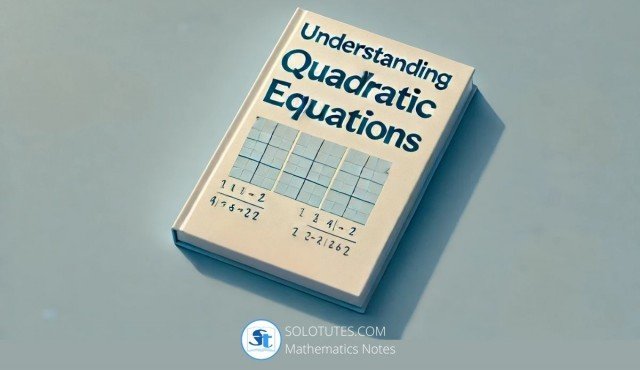
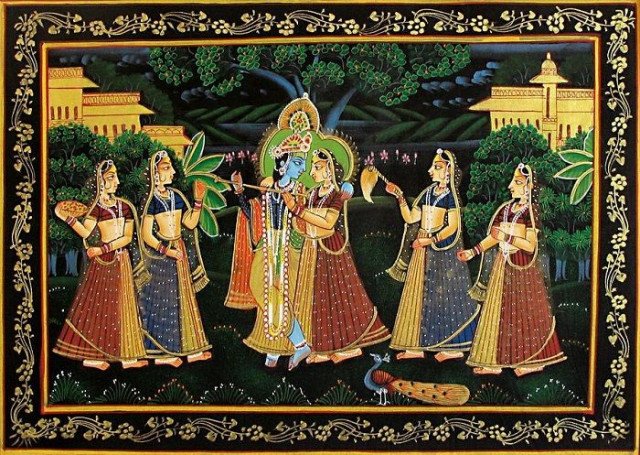

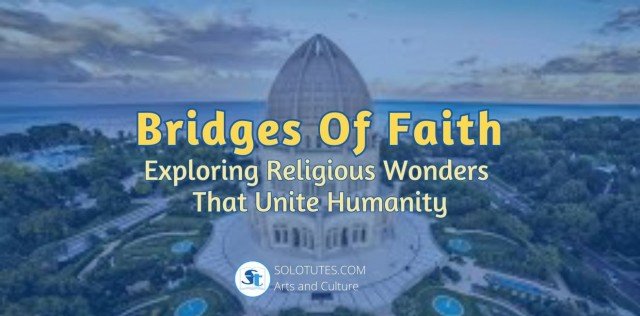
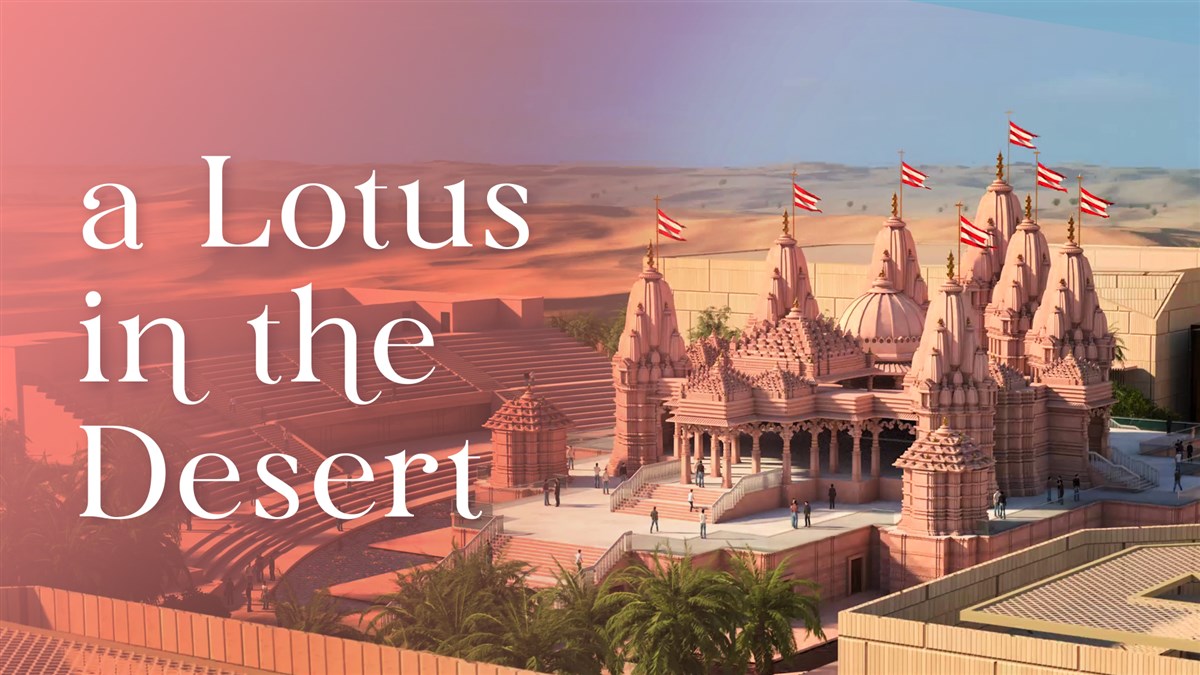







.jpg)





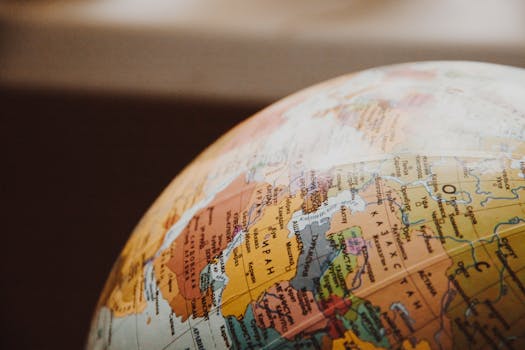


 Indus Valley Civilization / Harappan Civilization : Ancient India
Indus Valley Civilization / Harappan Civilization : Ancient India  BUDDHISM : The Religion Of Enlightenment, History And Important Concepts
BUDDHISM : The Religion Of Enlightenment, History And Important Concepts